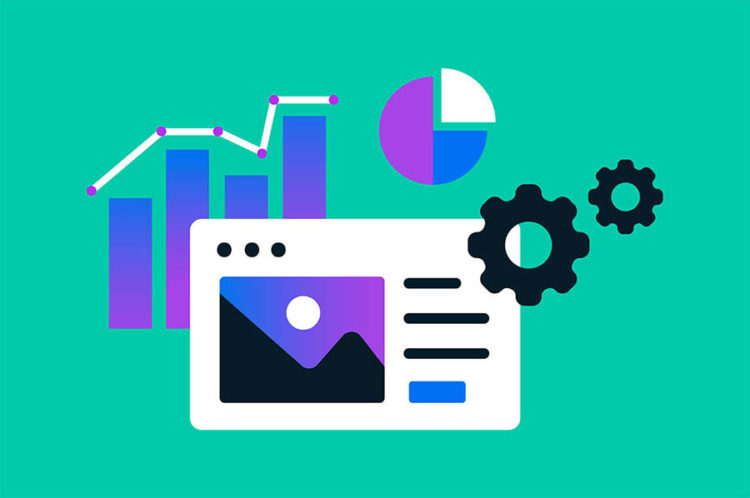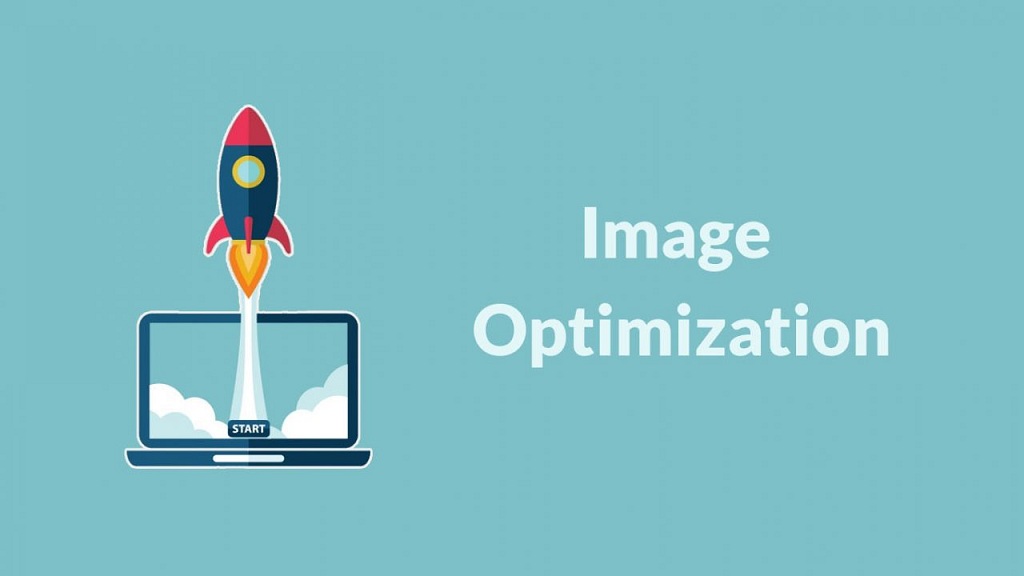If you run an online store, image optimization is a true art that you should learn to master. Image optimization plays such an important role in building successful eCommerce sites as product photography acts as a cornerstone of your online store, from encouraging customers to pursue Google images to reducing site loading time.
As previously stated, if you own an eCommerce store, you may recognize the importance of eCommerce product photos. The key to success is to present any item well. Your customers will be curious about how jewelry or clothing items will appear to them, or how a typical leather sofa will appear in their living room.
What is image optimization?

Why is product image size important on eCommerce websites?

Images, as you may be aware, are among the most important assets for your eCommerce store.
There is a proverb that goes:
"However, they are all too often overlooked, with store owners completely forgetting to optimize images for the web."
There are two reasons for this:
- Since getting images optimized for your site is another extra step in the never-ending list you have to do
- It is considered a low priority, then easily forgotten
However, if you want to improve your conversion rate, loyalty, customer engagement, and even your lifetime value, you should start by focusing on your image collection.
Before we go any further, consider why images are so important to the success of your business.
1. First impressions count
Images or pis are the first thing your buyers see when they visit your product page, and it is believed that these first few seconds can make or break their decision to continue looking for your products.
According to a 2017 study conducted by Square and BigCommerce, extra product photography is the first thing that American online customers want from online brands.
2. An image is more valuable than 1,000 words
Photos help customers feel more confident in the quality and details of a product than any short or long description.
The ability to feel the products as if they were in a physical store through high-quality product images allows any customer to investigate many details about the items they are looking for.
According to evidence from BigCommerce and Square, approximately half of respondents said they were unable to touch, feel, and try their favorite products when shopping online.
3. Mobile is taking over
Images will be required as mobile shopping becomes more important in everyone's life, as demonstrated by Google's Speed Update move. Mobile users are more numerous when using images rather than words or texts to judge and navigate the suitability of your products.
A clearer and more appealing eCommerce item implies that your items will be clicked and purchased more frequently.
4. Images can ruin your business site
It is important to note that low-quality and unprofessional photos for websites can have a negative impact on your customer experience and ranking in search engines.
You might wonder the three following questions:
- “Do your images load slowly?”
- “Have you not included the meta description?”
- “Are people bouncing as they land there?”
What is the best size for eCommerce product images?
Besides, you should also consider this:
- Around 50% of the customers will not be ready to wait for 3 seconds for a site to load.
- The average page loading time is increasing globally.
- Amazon has found out that if their pages are slow down by only one second, they might lose USD1.6 billion annually.
- Google is using page loading time as one of the most important ranking factors in the algorithm.
Another method for reducing image file size is to use Adobe Photoshop's "Save for Web" command. You want to use this tool to get the images adjusted to the smallest file size possible while maintaining image quality.
Quality: You can find it located at the top and right-hand corners.
File format: You can find it at the top and right-hand corner
Optimization: You can find it at the top and right-hand corner
Color: You can find it at the top and right-hand corner
Downsizing and sharpening: You can find it in the bottom and right-hand corner
Expected file size: You can find it in the bottom and left-hand corner
And here are several tips to help you remember as choosing file types:
In most cases, in the eCommerce business, JPEGs can become your best. They can give you the best quality for the smallest file size.
You should never use GIFs for large product photos. This file size will become huge, and there will be no way to reduce it. You can use GIFs for the thumbnails and decorative the images only.
PNGs can be your good solution as an alternative to both GIFs and JPEGs. In case you only can use product images in PNG format, you can give yourself a shot to use PNG-8 rather than PNG-24. PNGs can excel as simple decorative photos due to their extremely small file size.

Comments
Post a Comment